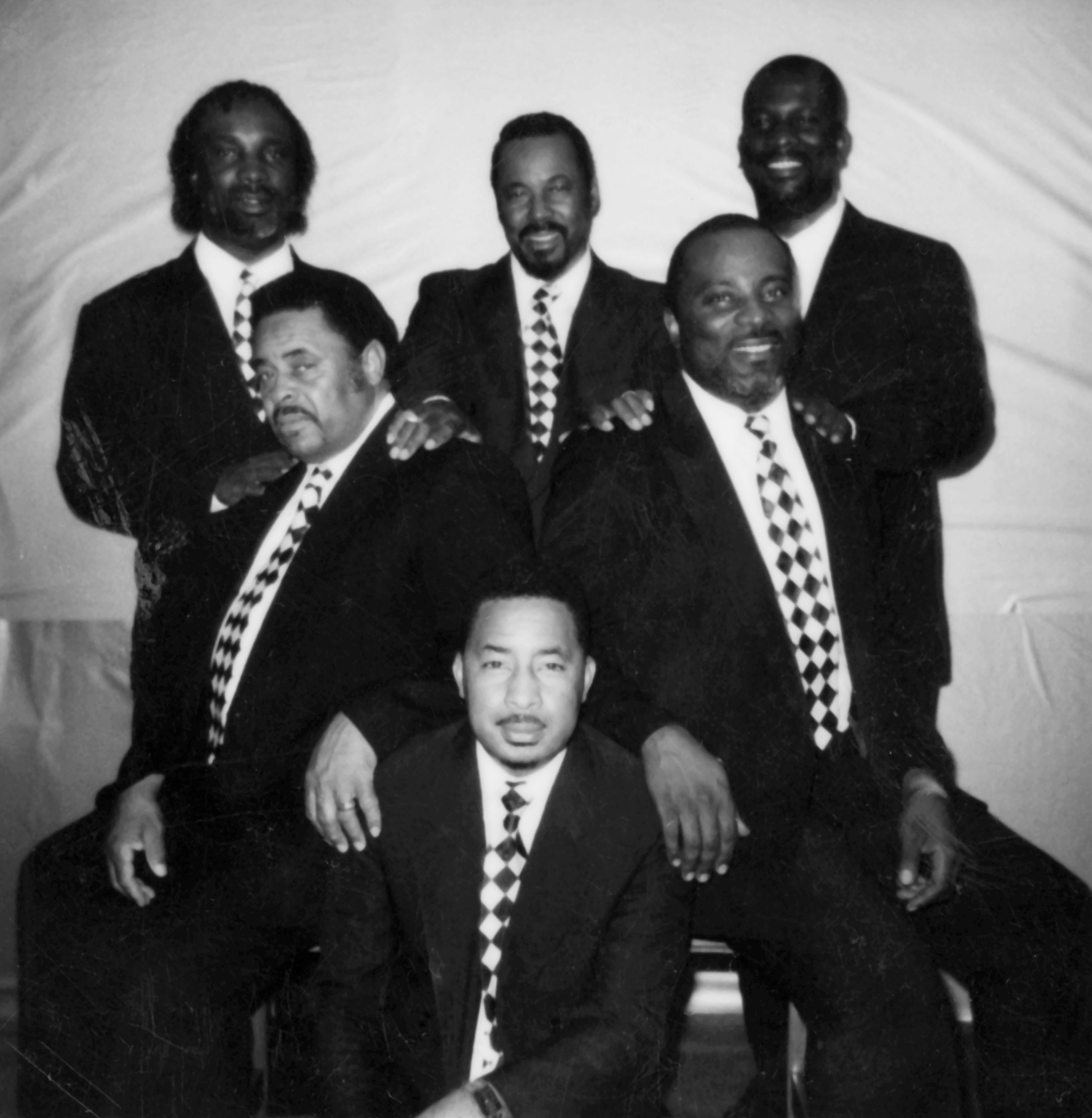
Sturgill Simpson
Shooter Jennings has admitted that Sturgill Simpson is the only country singer who comes close to singing anything like Waylon. On the April 15 release, A Sailor’s Guide to Earth, there is something for country music fans, however, when they sit down for a listen, they will have their boundaries tested as Simpson takes listeners on a tightly orchestrated tour of American music from Motown to grunge and even jazz.
Backed by the Dap-Kings as his horn section, jam music fans may find that the cover of “In Bloom,” or his original, “Keep It Between the Lines,” conjures memories of brass performers such as Galactic or Moon Hootch.
The album starts out with a creeping pulse and ocean sounds, as he begins the soliloquy to his first born son. The effect is a soundscape similar to “The Thin Ice,” which was the second introductory track for Pink Floyd’s The Wall. By the end of the song, energy is high with the horn section in full force playing Motown style.
In “Breaker’s Roar,” session guitarist Dan Dugmore’s steel guitar gives the song a dream-like quality. This track is probably already being vetted for David Lynch’s next film. Sturgill channels Elvis in the 1950’s sound of “Keep It Between the Lines,” Jimmy Buffett in “Sea Stories,” and Z. Z. Top in “Brace for Impact (Have a Little Fun).” To say this is a straight country album like his 2013 debut, High Top Mountain, is laughably dismissive. He continues with the spirit sense of Metamodern Sounds in Country Music, most notably in “All Around You,” which seems to be a slightly more up-tempo continuation of his concept from “Just Let Go” on his 2014 release.
The closing track, “Call to Arms,” starts off with bagpipes evoking the Scottish revolutionary theme of Braveheart. In his most politically charged track to date, he calls out both the political establishment and the rabid media before the album’s abrupt finish.
Musically, the new Sturgill album covers a lot of ground, and I think there is plenty for the outlaw country fans. There is plenty more for the musical omnivores who like to see any genre pushed to the bounds of its limitations. If you want to hear Sturgill Simpson get funky, you should check out A Sailor’s Guide to Earth.
Random Review: A Sailor’s Guide to Earth


